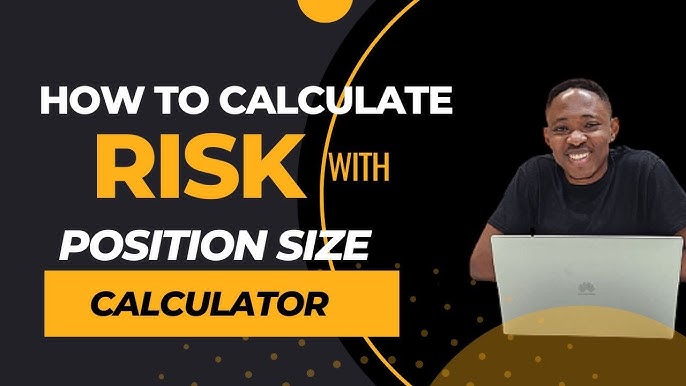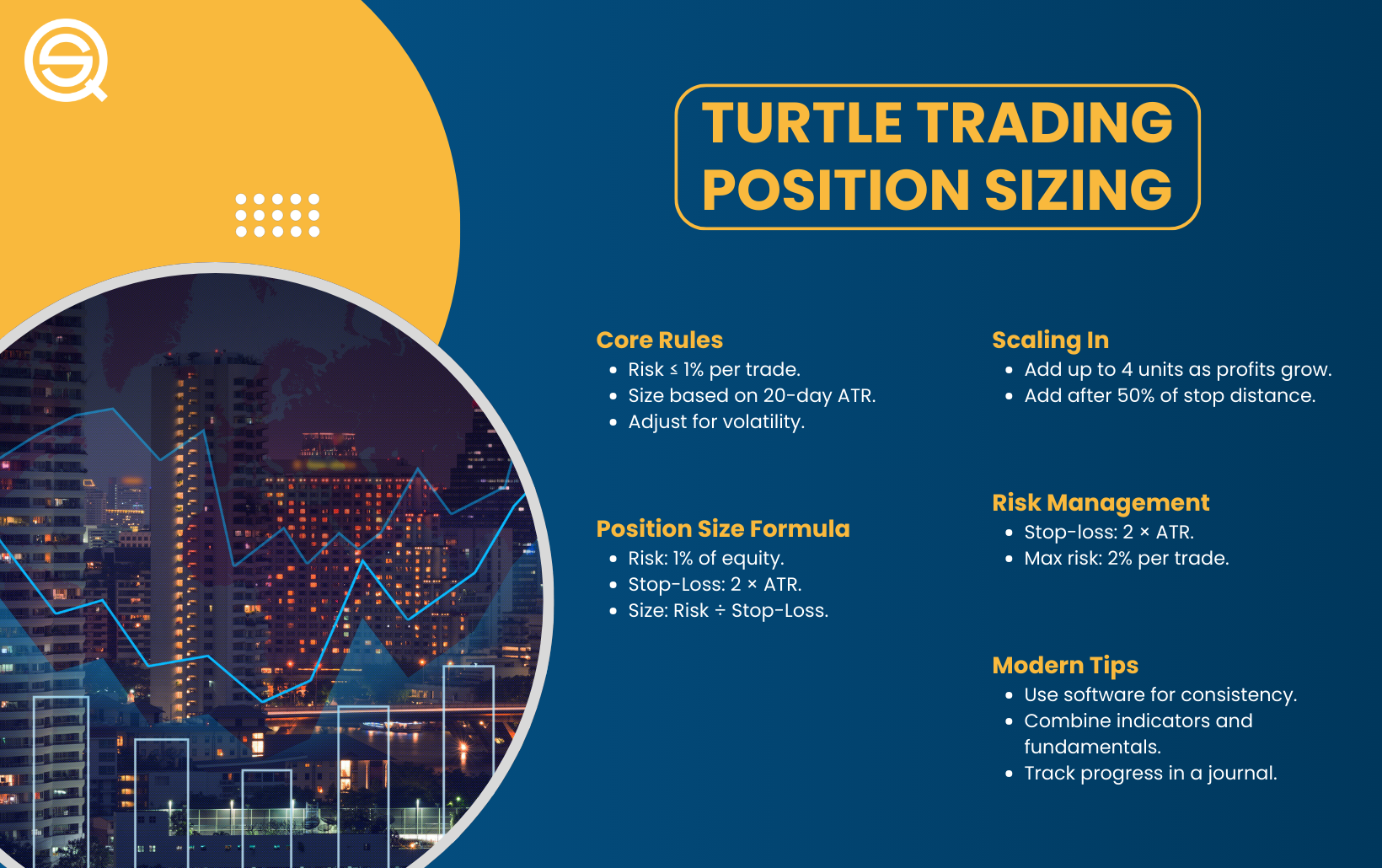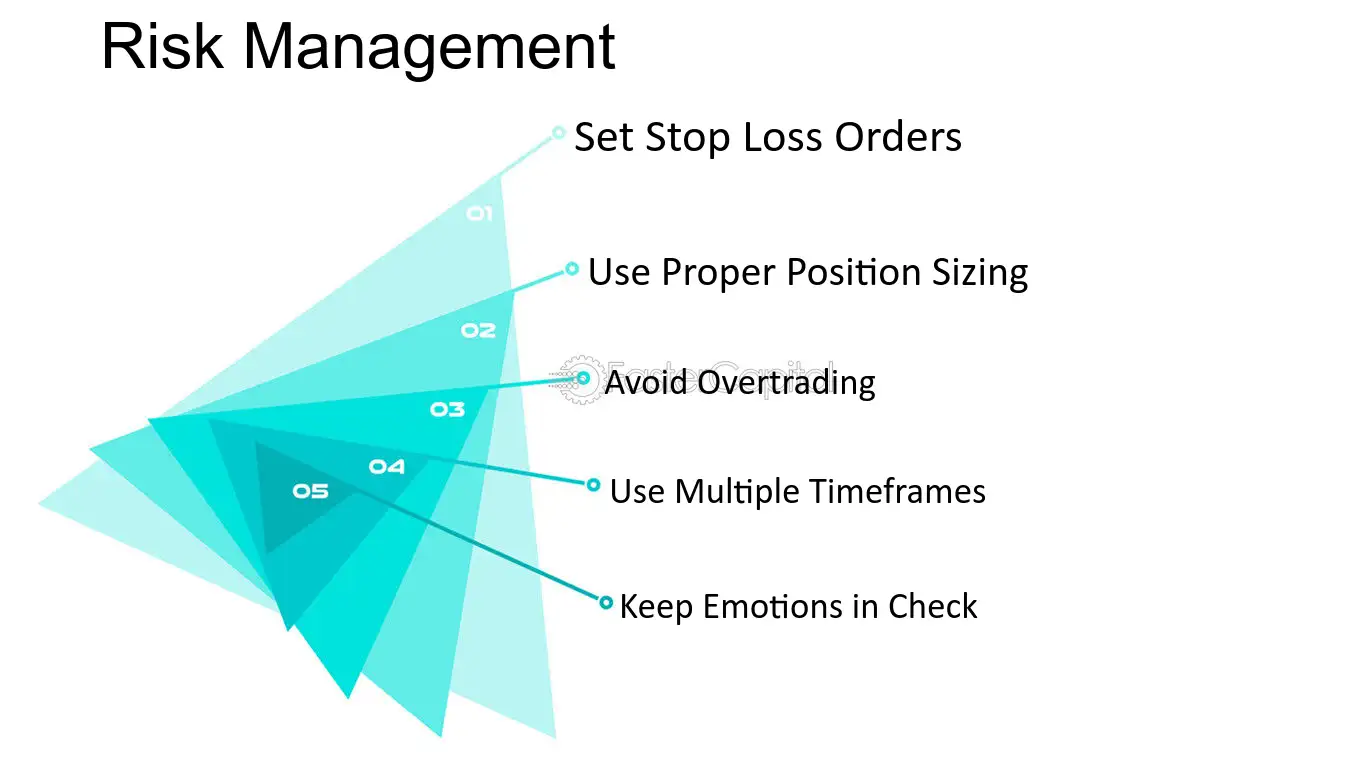Did you know that a giraffe can clean its ears with its tongue? While that's impressive in the animal kingdom, in the world of day trading, mastering position sizing is even more crucial for success. In this article, we explore the essentials of position sizing, a fundamental concept that can make or break your trading strategy. You'll learn what position sizing is, why it matters, and how to determine your risk per trade. We’ll also cover effective stop-loss strategies, the impact of account size, common mistakes to avoid, and the role of leverage and market volatility. Plus, discover tools and best practices to enhance your trading performance and manage risk effectively, especially if you're working with a small account. With insights from DayTradingBusiness, you'll be equipped to make informed decisions and scale your trades wisely.
What is position sizing in day trading?
Position sizing in day trading is deciding how much money to risk on a single trade. It involves setting the right trade size based on your account balance and risk tolerance. Typically, traders risk a small percentage of their capital—like 1-2%—per trade to manage potential losses. Proper position sizing helps protect your account from big swings and keeps your trading consistent.
Why is proper position sizing important for traders?
Proper position sizing controls risk, prevents large losses, and ensures sustainable trading. It helps traders avoid overexposure to market swings, protecting their account capital. Correct sizing matches trade size to account size, keeping risk within manageable limits. This consistency improves long-term profitability and reduces emotional decision-making.
How do I determine my risk per trade?
Calculate your risk per trade by deciding how much you're willing to lose, usually 1-2% of your trading capital. Determine your stop-loss distance in points or dollars. Divide that amount into your total risk to find your position size: position size = risk amount / stop-loss size. For example, if you have a $10,000 account and risk $200 per trade with a $10 stop-loss, you can trade 20 shares ($200 / $10). This keeps your risk consistent and manageable.
What is the best way to set a stop-loss for day trades?
Set a stop-loss based on a fixed percentage of your trading capital, typically 1-2%, to limit risk. Use technical levels like recent support or resistance, placing the stop just beyond these points. Consider the average true range (ATR) to determine a volatility-based stop, allowing enough room for normal price swings. Avoid tight stops that get hit easily; aim for a balance that protects profits without forcing premature exits.
How do I calculate the right position size?

Determine how much you're willing to risk per trade, usually 1-2% of your trading capital. Measure your stop-loss distance—the price move where you'll exit if the trade goes against you. Divide your risk amount (risk per trade) by the stop-loss size to find your position size. For example, if you have a $10,000 account and risk 1% ($100) with a 10-cent stop-loss, buy 1,000 shares ($100 / $0.10). Keep it simple: risk a small, manageable portion of your capital, set your stop-loss clearly, and adjust your position size accordingly.
What role does account size play in position sizing?
Account size determines how much you can risk per trade, influencing position size directly. Larger accounts allow bigger positions, but risk should stay consistent to avoid overexposure. Smaller accounts require smaller positions to manage risk effectively. Ultimately, account size sets the boundaries, but proper risk management keeps your trades safe.
How can I manage risk with small accounts?
Use small position sizes relative to your account—risk no more than 1-2% per trade. Focus on clear stop-loss levels to limit losses. Trade only with high-probability setups. Avoid over-leveraging small accounts to prevent rapid losses. Regularly review and adjust your position size as your account grows or shrinks.
What are common mistakes in position sizing?
Common mistakes in position sizing include risking too much on a single trade, ignoring account size, not adjusting for volatility, and overtrading. Traders often use fixed sizes without considering market conditions or their risk tolerance. Underestimating stop-loss distances can lead to oversized positions. Failing to diversify or misjudging the risk-reward ratio also cause poor position sizing choices.
How does leverage affect position sizing?
Leverage increases your buying power, allowing larger position sizes with less capital. It amplifies gains and losses, so higher leverage means bigger positions for the same margin. Use leverage carefully; it can lead to larger profits but also bigger losses, affecting your overall position sizing strategy.
Should I adjust position size based on market volatility?

Yes, adjusting position size based on market volatility helps manage risk. When volatility is high, reduce your position size to avoid large losses. During low volatility, you can take slightly larger positions. This keeps your risk consistent regardless of market swings.
How do trading strategies influence position sizing?
Trading strategies determine how much risk you take per trade, guiding your position size. If your strategy involves small, quick trades, your position size stays small to limit exposure. Conversely, a more aggressive strategy with bigger profit targets might require larger positions. The strategy’s risk-reward ratio directly impacts how much capital you allocate to each trade, ensuring you don’t overextend. Essentially, your trading approach sets the boundaries for position sizing, balancing potential gains against potential losses.
What tools or calculators can help with position sizing?
Tools like Myfxbook's position size calculator, BabyPips' pip calculator, and TradingView's position size calculator help with day trading position sizing. These tools factor in account size, risk percentage, stop-loss, and pip value to determine optimal trade size. Some brokerage platforms also offer built-in position sizing calculators to simplify the process.
How does position sizing impact my overall trading performance?
Position sizing controls risk and affects profit potential. Smaller sizes limit losses, preserving capital during bad trades. Larger sizes can boost gains but increase risk of major losses. Proper sizing helps maintain consistency and emotional discipline. It ensures your trading stays sustainable over time.
Learn about How to Incorporate Position Sizing into Your Trading Plan
What are the best practices for scaling into trades?
Start small and increase position sizes gradually as you gain consistency. Use a fixed percentage of your trading capital—usually 1-2%—to manage risk. Always set stop-loss orders to limit losses on each trade. Focus on high-probability setups rather than chasing profits. Adjust position size based on the volatility of the asset; larger moves mean smaller positions. Keep a trading journal to track how different sizes affect your results. Never scale into trades emotionally; stick to your plan.
How can I avoid overtrading with proper position sizing?

Use a fixed percentage of your trading capital for each trade, typically 1-2%, to prevent overtrading. Calculate your position size based on your stop-loss distance, ensuring it stays within that percentage limit. Avoid increasing position sizes after wins or losses; stick to your initial plan. Set clear risk parameters before entering each trade and resist the urge to chase bigger gains. This disciplined approach keeps overtrading in check and maintains consistent risk management.
Learn about How to Avoid Overtrading with Position Sizing
How do news or market events affect position size decisions?
News or market events can cause sudden volatility, prompting traders to reduce position size to limit risk. Large news releases can spike prices unpredictably, so traders often cut back to avoid big losses. Conversely, if a trader expects a strong move from an event, they might increase size cautiously. Overall, these events make traders more conservative, adjusting their position size based on the potential for rapid market swings.
Learn about How News Events Affect Reversal Trading Strategies
Conclusion about Simple Rules for Position Sizing in Day Trading
In day trading, mastering position sizing is crucial for effective risk management and long-term success. By understanding your risk tolerance, setting appropriate stop-loss levels, and adjusting position sizes based on market conditions, you can protect your capital while maximizing potential gains. Avoid common pitfalls and leverage tools to streamline your calculations. Remember, effective position sizing not only enhances your trading performance but also helps you navigate the complexities of the market. For more insights and guidance on this essential aspect of trading, DayTradingBusiness is here to support your journey.
Learn about Tips for Consistent Position Sizing in Day Trading
Sources:
- A Profitable Day Trading Strategy For The US Equity Market
- Using genetic algorithms to find technical trading rules - ScienceDirect
- The Alpha Engine: Designing an Automated Trading Algorithm
- FRB: Supervisory Letter SR 09-1 on Application of the Market Risk ...
- BDLOB: Bayesian Deep Convolutional Neural Networks for Limit ...
- Volume Weighted Average Price (VWAP) The Holy Grail for Day ...